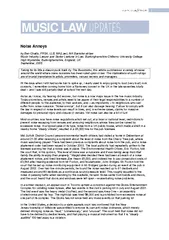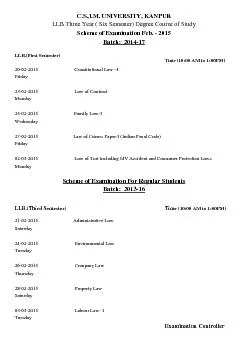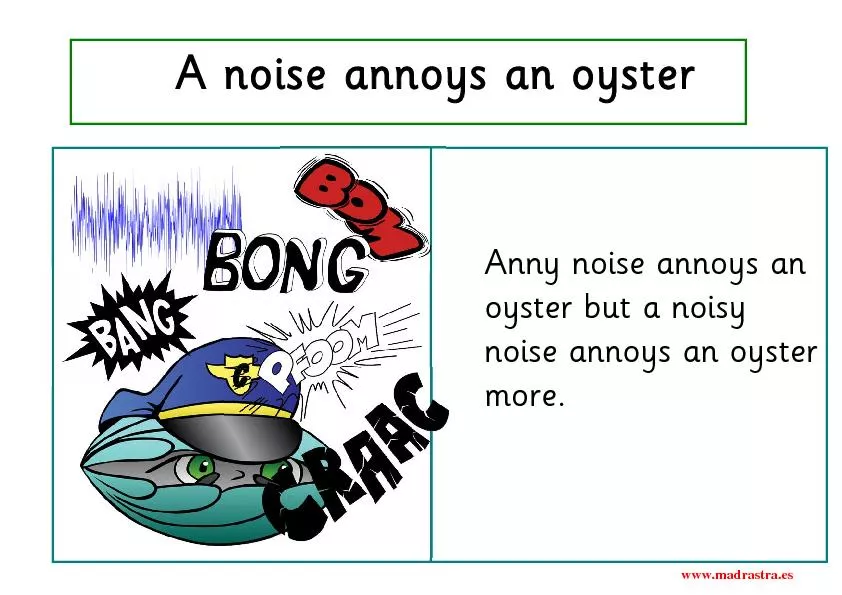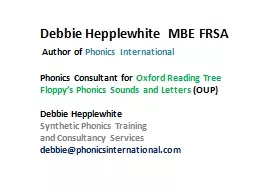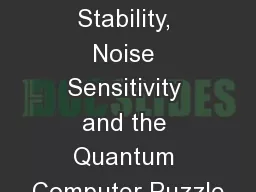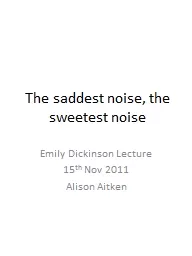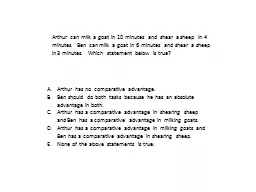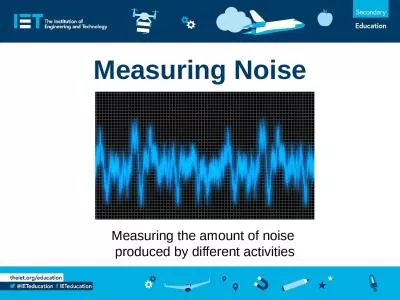PDF-Noise Annoys by Ben Challis FRSA LLB MALaw MA Barriste
Author : marina-yarberry | Published Date : 2015-04-29
The implications of such rulings are of crucial importance to artists promoters venues owners and managers IN the days when I still had some hair to spike up I reall
Presentation Embed Code
Download Presentation
Download Presentation The PPT/PDF document "Noise Annoys by Ben Challis FRSA LLB MAL..." is the property of its rightful owner. Permission is granted to download and print the materials on this website for personal, non-commercial use only, and to display it on your personal computer provided you do not modify the materials and that you retain all copyright notices contained in the materials. By downloading content from our website, you accept the terms of this agreement.
Noise Annoys by Ben Challis FRSA LLB MALaw MA Barriste: Transcript
Download Rules Of Document
"Noise Annoys by Ben Challis FRSA LLB MALaw MA Barriste"The content belongs to its owner. You may download and print it for personal use, without modification, and keep all copyright notices. By downloading, you agree to these terms.
Related Documents

